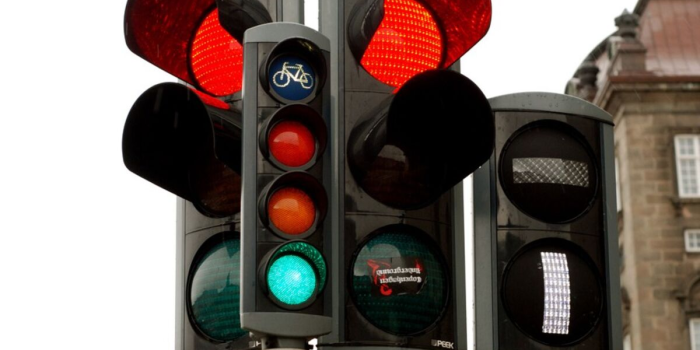Traffic congestion is a universal headache, but its environmental consequences are equally concerning. Road transportation significantly contributes to global greenhouse gas emissions, with urban intersections emerging as particularly polluted spots. Pollution levels at these junctures can be a staggering 29 times higher than on open roads due to the constant stopping and starting of vehicles, which guzzles fuel and releases more carbon dioxide. In response to this issue, Google Research has launched “Green Light,” an innovative AI initiative aimed at creating smarter and more eco-friendly traffic lights.
Green Light is a novel project that harnesses artificial intelligence and Google Maps data to model traffic patterns and recommend improvements to existing traffic light plans. These recommendations can be put into practice by city engineers with minimal disruption to current infrastructure, often in as little as five minutes. Its focus on coordinating multiple intersections simultaneously sets Green Light apart, generating green light “waves” to optimize traffic flow and further reduce emissions from frequent stops and starts.

The early results are promising, with potential reductions of up to 30% in stops and 10% in emissions at intersections. Green Light is already operational in 70 intersections across 12 cities, from Haifa to Rio de Janeiro to Bangalore. In these intersections, the initiative has the potential to save fuel and decrease monthly emissions from up to 30 million car rides.
Traditionally, obtaining reliable data for traffic light optimization has been complex and costly for city traffic engineers. As a result, many traffic lights continue to rely on outdated configurations. Green Light, however, leverages AI and Google Maps driving trends to create a model of each intersection, factoring in structure, traffic patterns, light scheduling, and interactions. This model also extends to the coordination between traffic lights.
Based on this comprehensive model, AI-driven optimizations and recommendations are provided to city engineers via the Green Light interface. For example, the system can identify opportunities for better synchronization between previously unsynchronized intersections, suggesting traffic light timing adjustments to enhance traffic flow.

Green Light’s power lies in its ability to analyze thousands of intersections simultaneously, enhancing traffic flow across an entire city. The AI recommendations seamlessly integrate with existing infrastructure and traffic systems, allowing city engineers to monitor their impact and observe results in a matter of weeks.
Google’s commitment to working with cities worldwide to implement Green Light underscores the potential for positive environmental and societal impacts. The technology has already demonstrated success in cities like Seattle and Hamburg, with even more significant potential in areas with limited access to advanced technology.
The Green Light team is collaborating closely with partner cities to expand its presence across intersections, with plans for further expansion in the near future. This initiative aims to create cleaner, greener cities globally and mitigate the environmental impact of urban traffic congestion.


